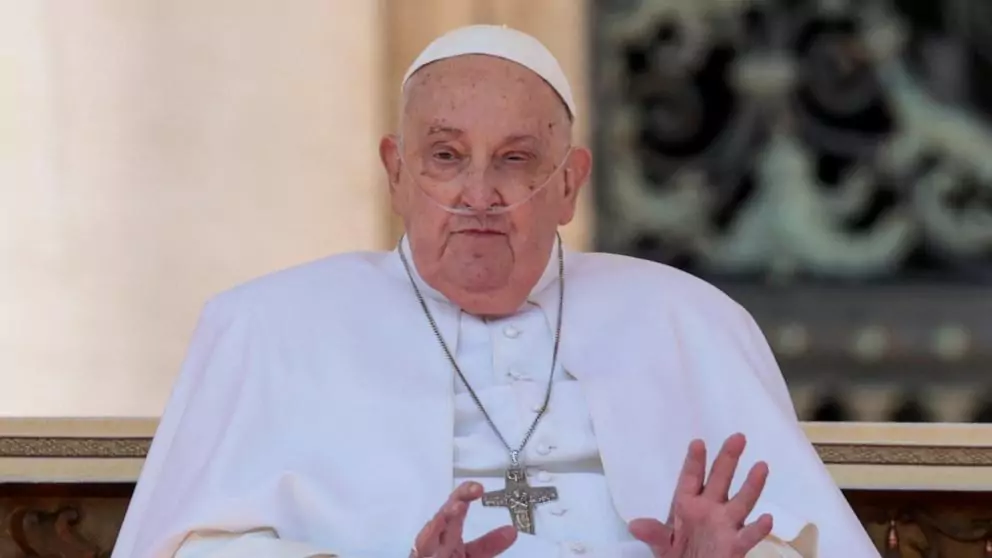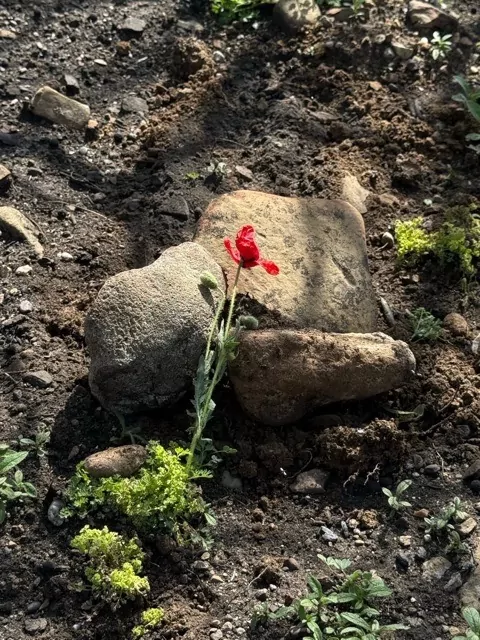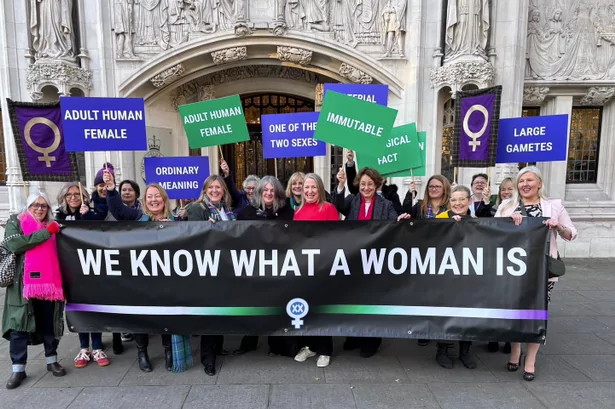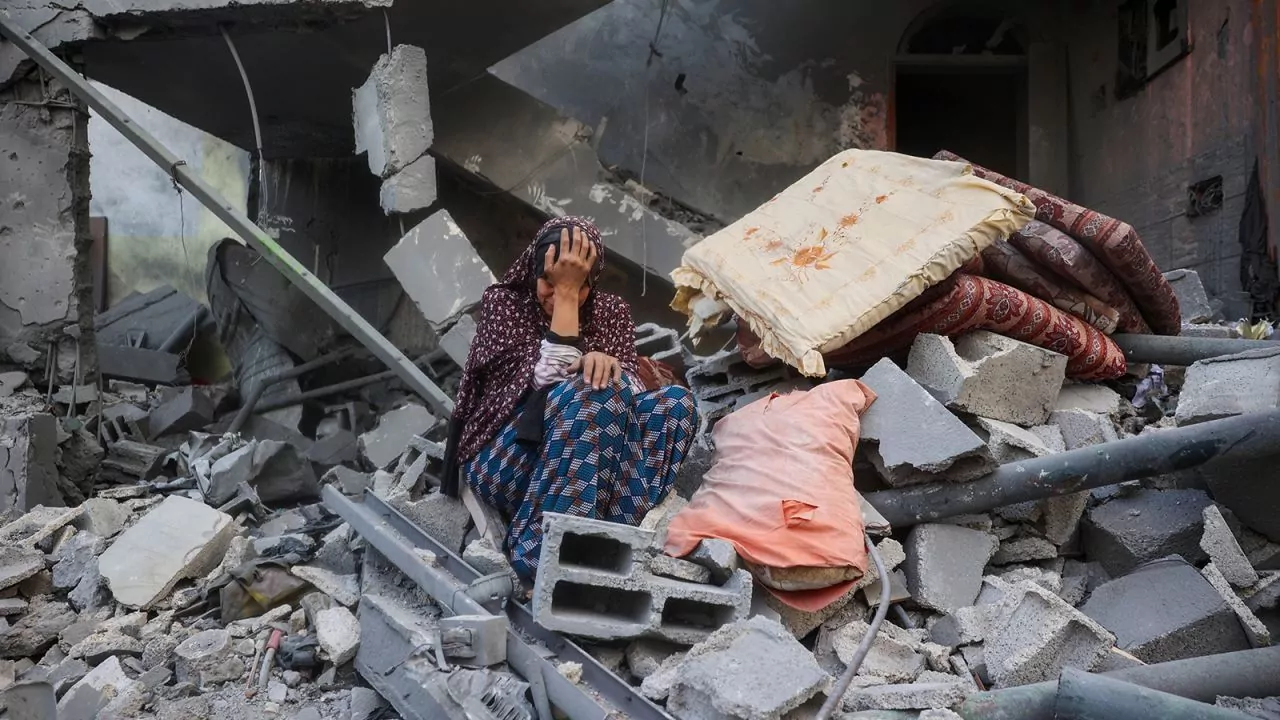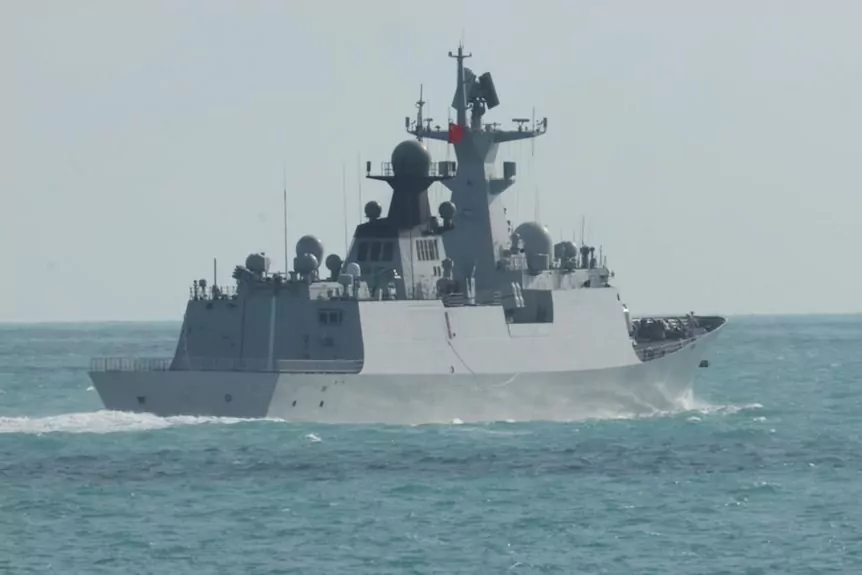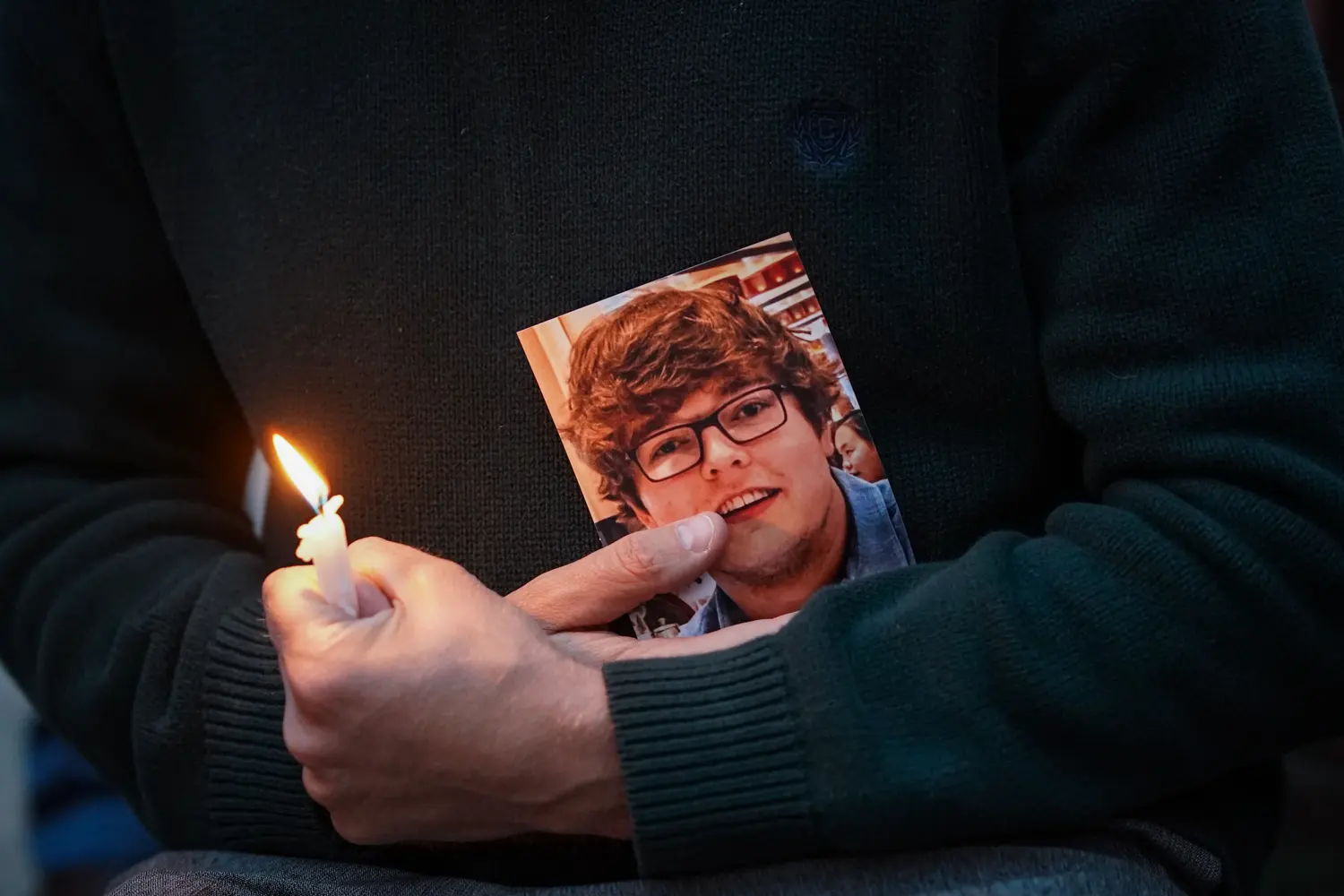A single graveyard in Somalia has been filled with the bodies of 230 children as malnutrition soars to levels not seen since famine was last declared in the country 11 years ago.
Exhausted families, many of whom walked for days from drought-stricken villages to seek help in the southern town of Baidoa, are burying children at the site every day. Each tiny grave is marked with rocks and thorny bushes where relatives weep and pray.
The number of children being treated for the worst form of malnutrition in Baidoa rose more than five-fold between January and October, according to data collected by aid organisations including Save the Children.
Preliminary figures from a community health workers’ survey of 90,000 children in the town suggest rates of acute malnutrition are on a par with 2011. Some 260,000 people died in the famine of 2011-12, half of them before it had even been declared. About 50% of the victims were children aged under five.
There is as yet no official declaration of famine this year either but the gravediggers of Baidoa are toiling under the sun in 35C of heat even though this is supposed to be the rainy season. Less than 60% of the usual rain has fallen, heralding the fifth failed season in a row.
More than 600,000 people forced from their homes by the climate crisis have pitched up in 500 camps around the town, desperate for water and food after their wells dried up, their crops failed and their livestock died. Many arrived too late to secure life-saving treatment for sick children.
At a burial mound in another part of town, the gravedigger said he had interred 17 children, including young siblings side by side.
One of those buried here is Mana Madey-, who was seven years old.
” She wasn’t sick. It was hunger,” said her mother, Sirad-, sitting beside the child’s bed in her family’s tent. ” She went silent. I stayed with her and she died.”
Sirad- and her husband had been farmers with cattle and goats until the drought destroyed their animals. Her seven remaining children are being kept alive by food and water from neighbours sharing what little they have.
” We are facing problems nobody should face,” she said.
Mahupo Ali-, a mother of three children, was pregnant when she arrived at a camp nearby and had her baby boy there but couldn’t produce enough milk to feed him.
‘‘ We fled hunger but hunger followed us here,” she said. ” I tried to find help but it was too late for Ahmed-. He took two last breaths and that was it. He didn’t even cry.”
She was too heartbroken to attend the burial.
Other women lost children during arduous journeys made over several days on foot while their husbands went in different directions in search of work.
Up to 1.1 million people, mainly women, children and the elderly, are estimated to have been displaced by drought across Somalia this year.
Safiyo Nur-, 28, left her home in the neighbouring region of Bakool after all her family’s 30 goats perished. She set out with six children but arrived in Baidoa with five. Her daughter, Ajapo-, 5, died in her arms under a tree on the first day of the trek. She had no choice but to bury her by the roadside and continue the journey.
” Inside I feel as if I’m on fire but on the outside, I must remain calm for my other children,” she said.
Thousands of women are streaming into Baidoa’s makeshift camps, where they put up stick frames and cover them with brightly coloured garments and cloth to shield their families from the elements. Some have made their way through fighting as government forces try to drive back Al-Shabaab, an armed group that controls large areas of countryside.
A woman who gave her name only as Asli-, 40, lived 120km north of Baidoa until her livestock died last month, leaving her with only chickens.
” We left because of a lack of water and food. ‘I was one of the last to leave my village,” she said.
Asli- had to make a detour because of fighting near Somalia’s border with Ethiopia. Then her two-year-old son, Mohammed-, contracted measles and died. Although her eight other children are now receiving medical attention, she fears for their lives.
It is a different story for some of the most severely malnourished children who are taken to Save the Children’s stabilisation centre in Baidoa. Here, more than 90% of those admitted recover enough to be discharged within 14 days.
Many are put on drips to hydrate them and given milk fortified with vitamins and a protein-rich peanut paste. Some are treated for pneumonia with inexpensive antibiotics. The relief on their mothers’ faces is clear to see.
Dr Mohamed Orman Wehliye, who, with 12 nurses, was looking after 70 patients under the age of five, spoke passionately about their work.
” We lost seven children last month. It’s not normal. I will work 24 hours a day for my people and my town,” he said.
The minister for humanitarian affairs in Somalia’s South West State, Abdinasir Abdi Arush, said he hoped famine would not be declared.
“I believe we have the opportunity to avert it,” he said.
But Claire Sanford, deputy humanitarian director of Save the Children UK, said children were continuing to die, whether or not the technical thresholds for a famine declaration had been met.
‘ Our centres are overwhelmed with mothers doing everything they can to ensure their children don’t become another mound in a graveyard. More money is desperately needed to help them save lives,’ she said.
Latest UN data shows that half of the 15 million population of Somalia are facing acute food shortages, with more than 300,000 people expected to be in famine-like conditions by December this year. The number of people affected by severe drought surged to 7.8 million in August this year from 3.2 million last December.
Save the Children has been working in Somalia and Somaliland since 1951 and has programmes throughout the country which support children’s healthcare, education and food needs. Last year its work in the region directly reached over 3 million people, including 1.7 million children.
